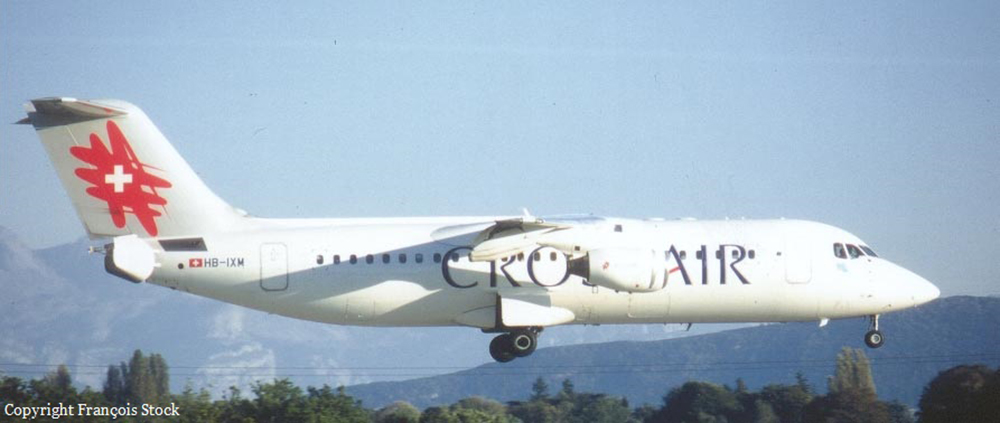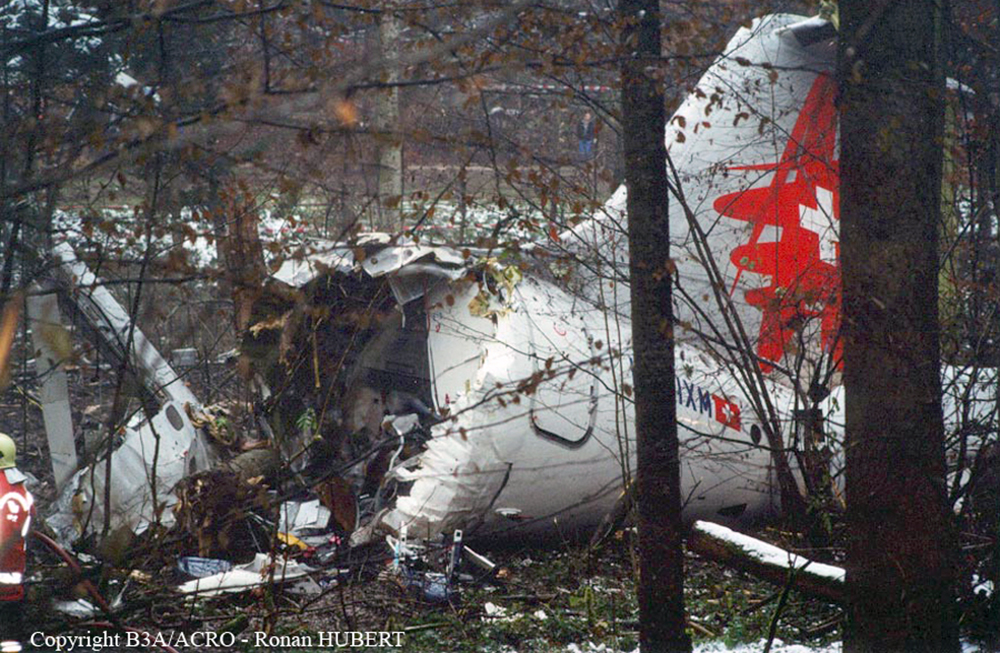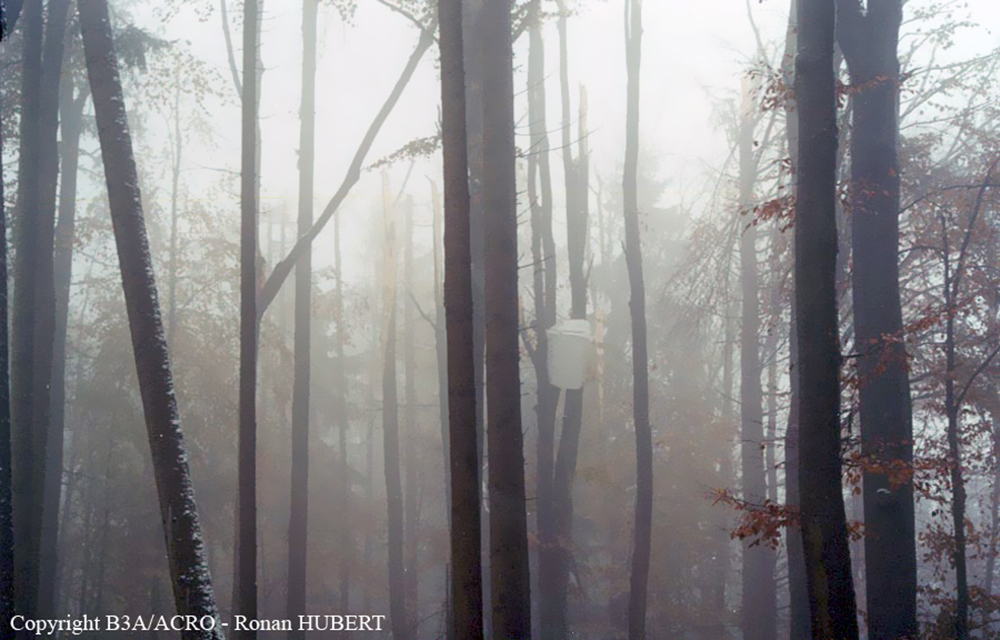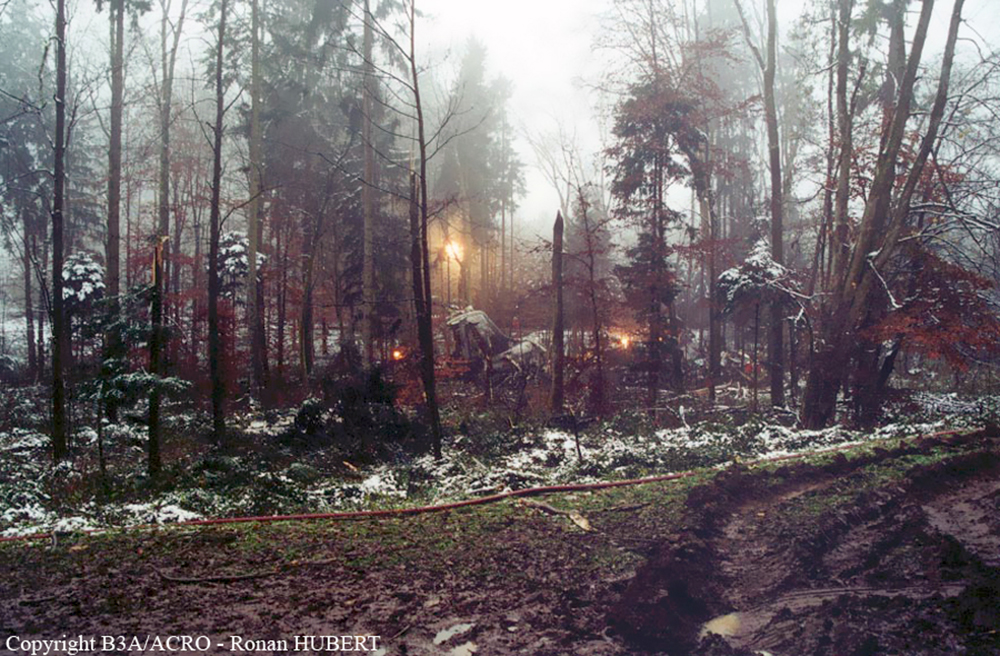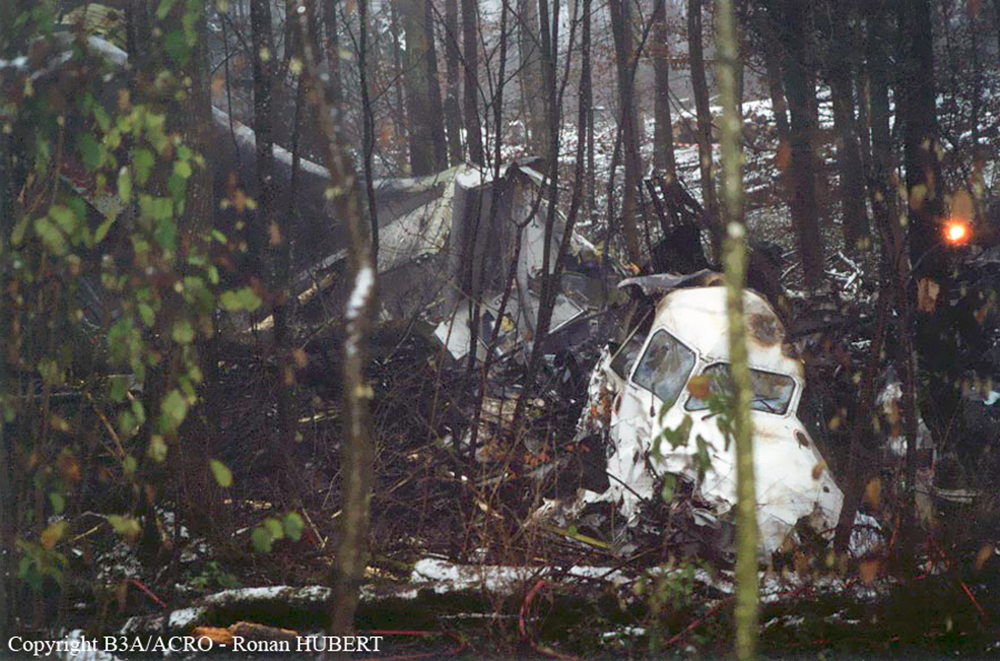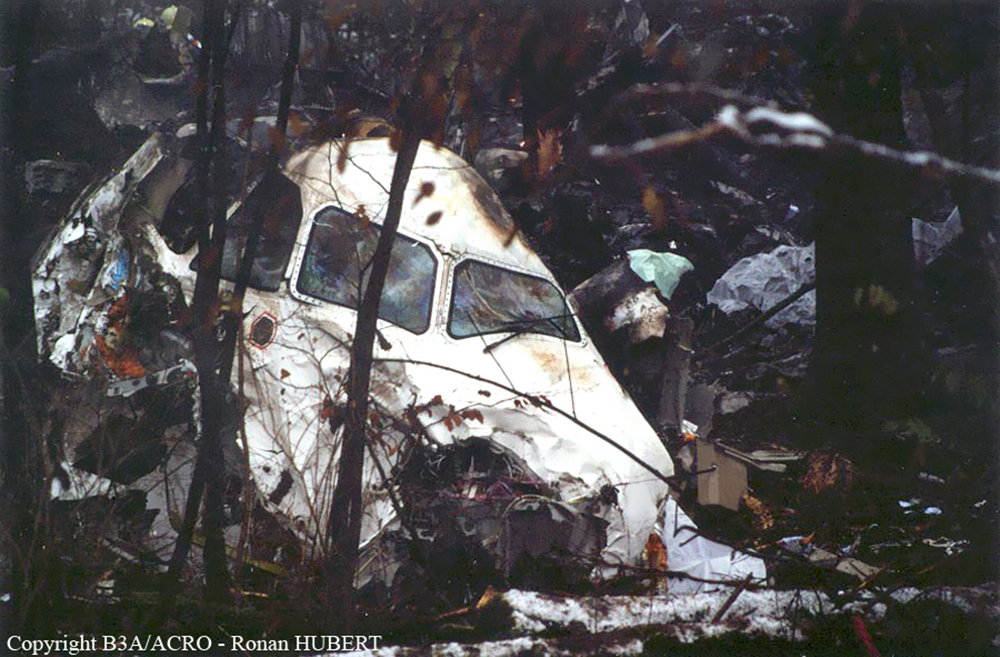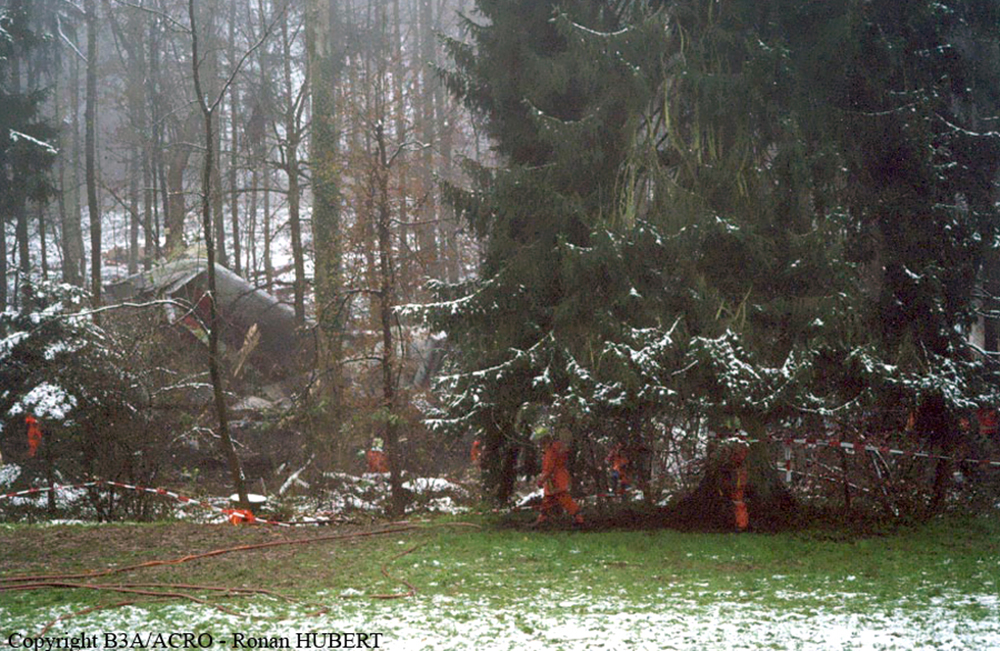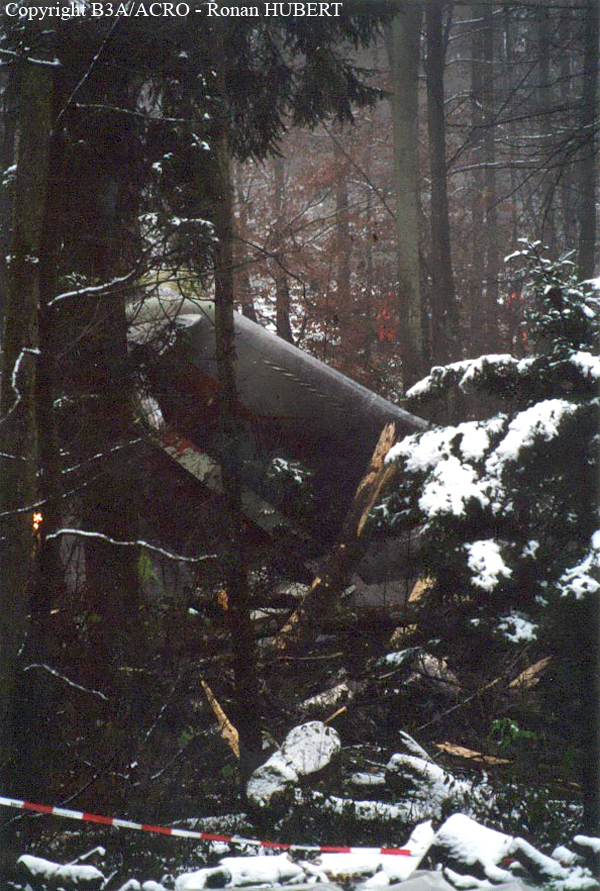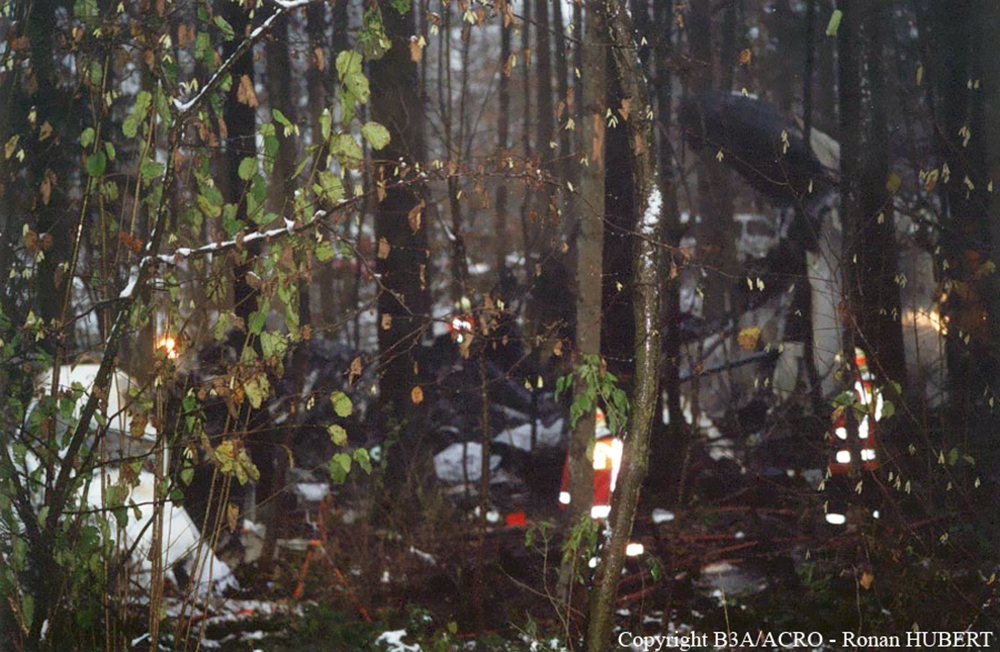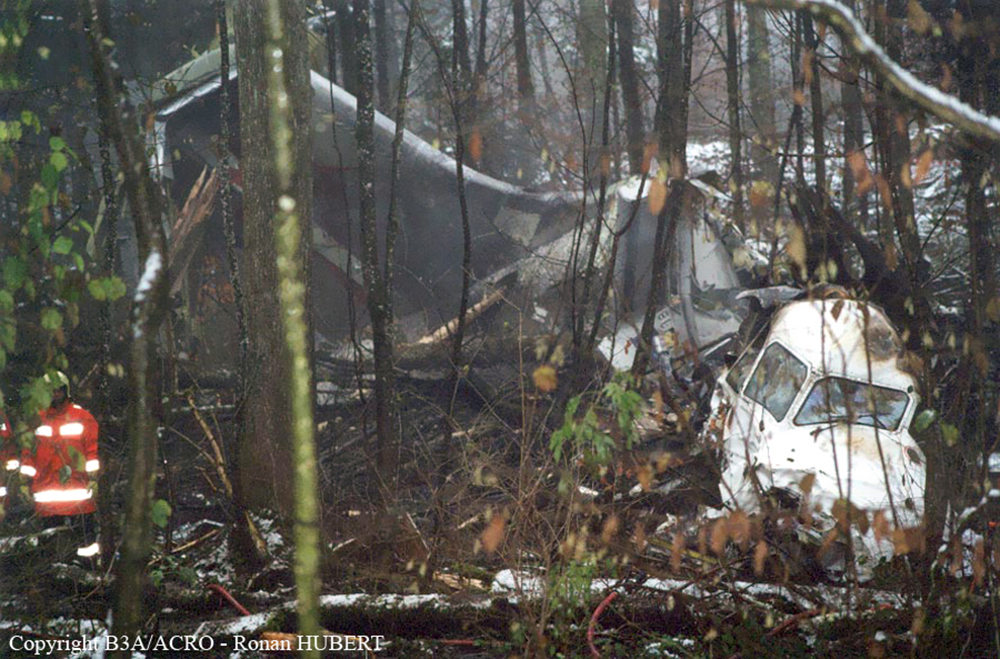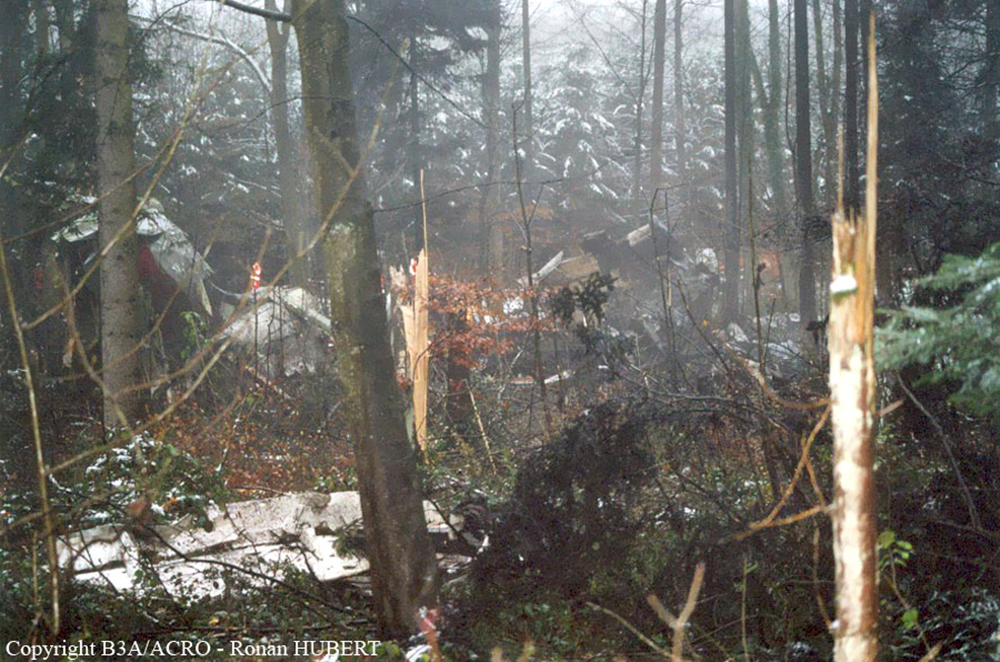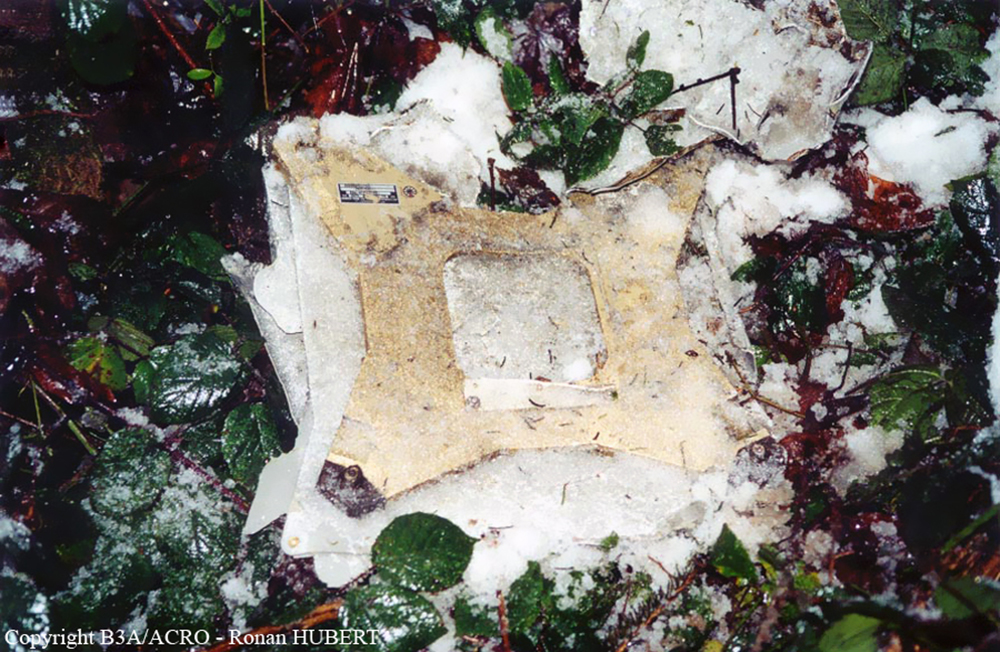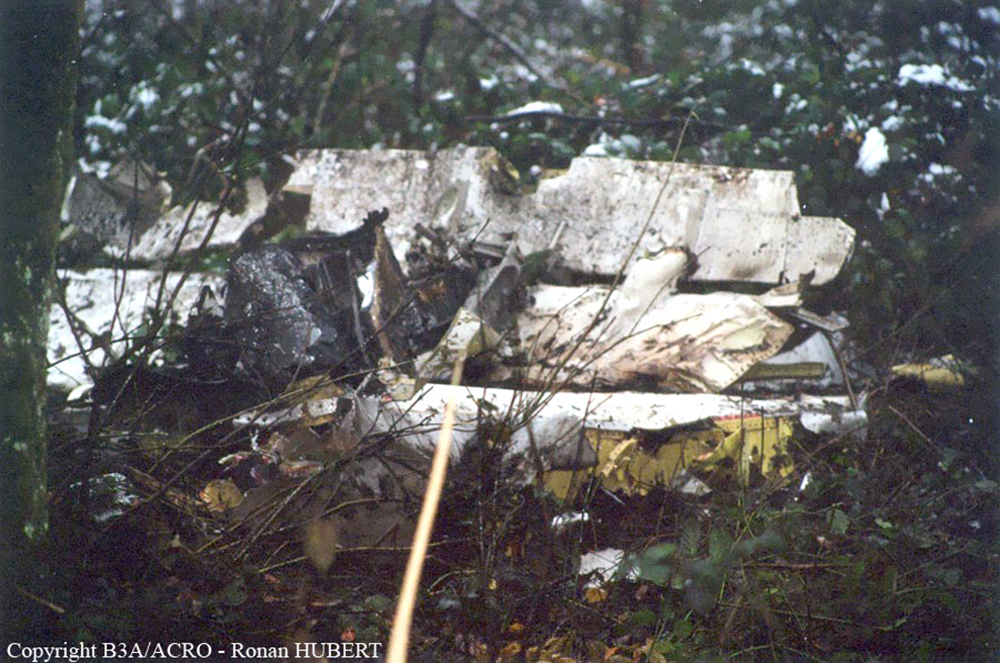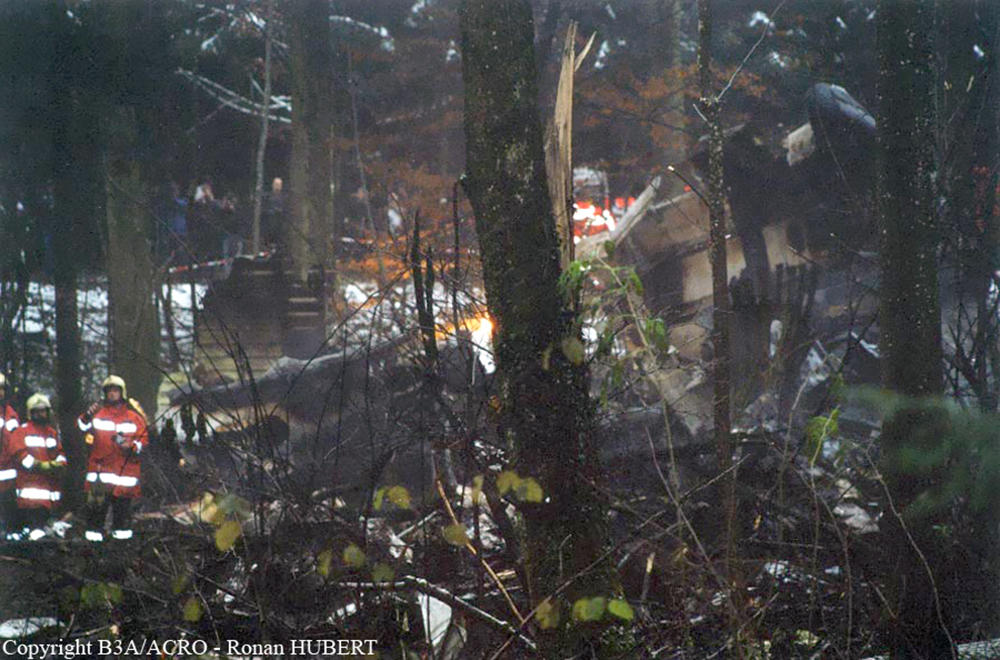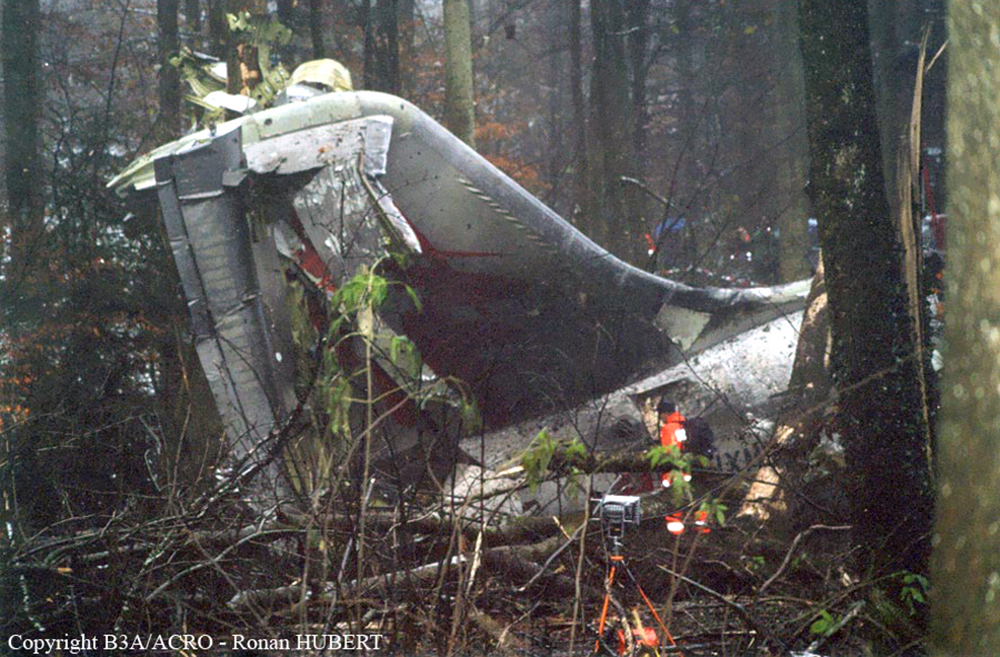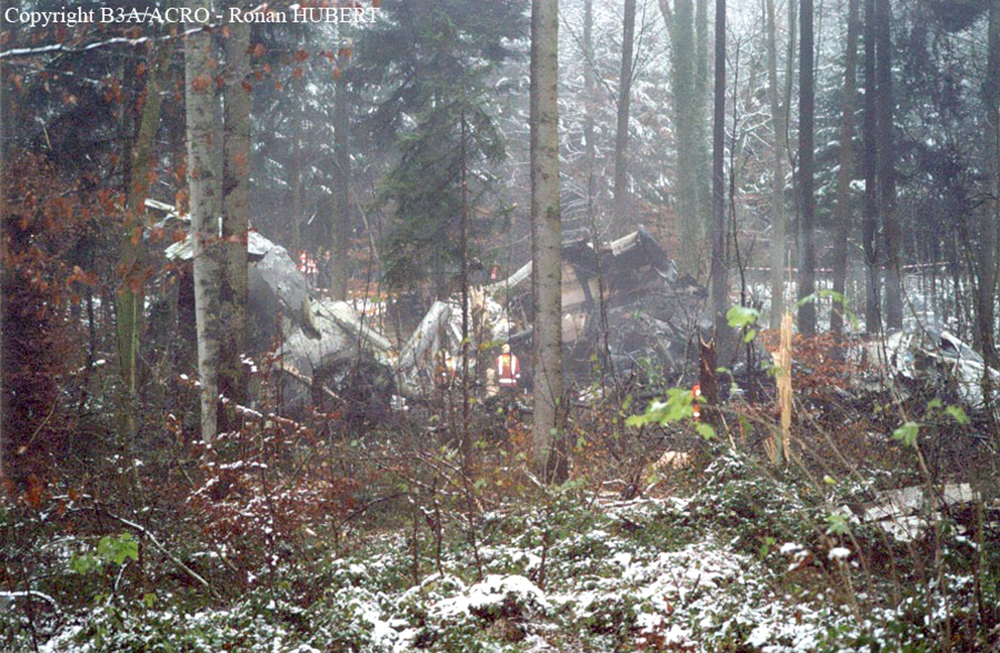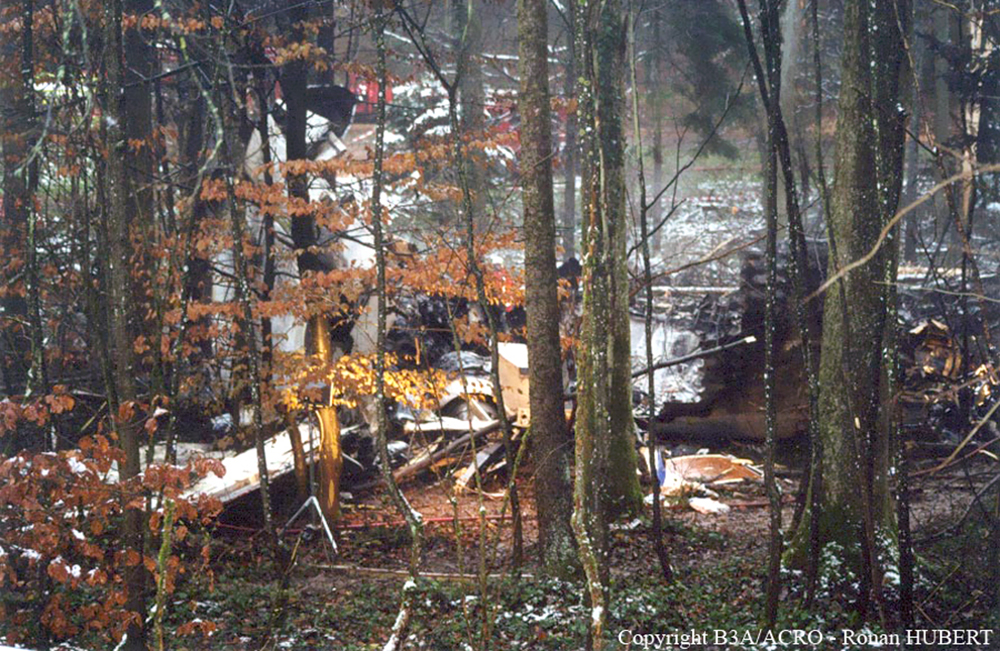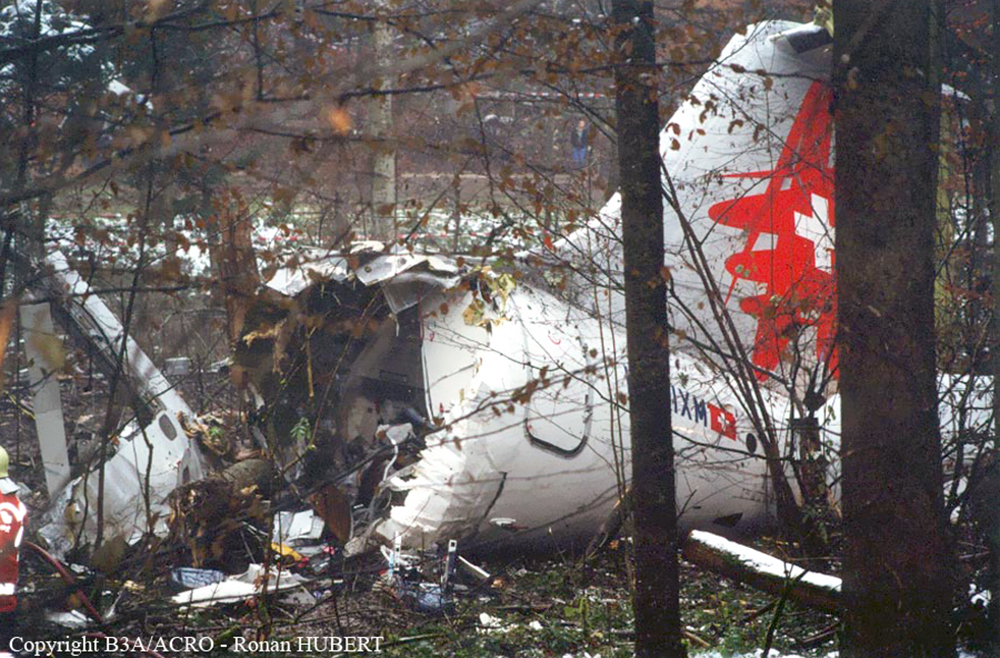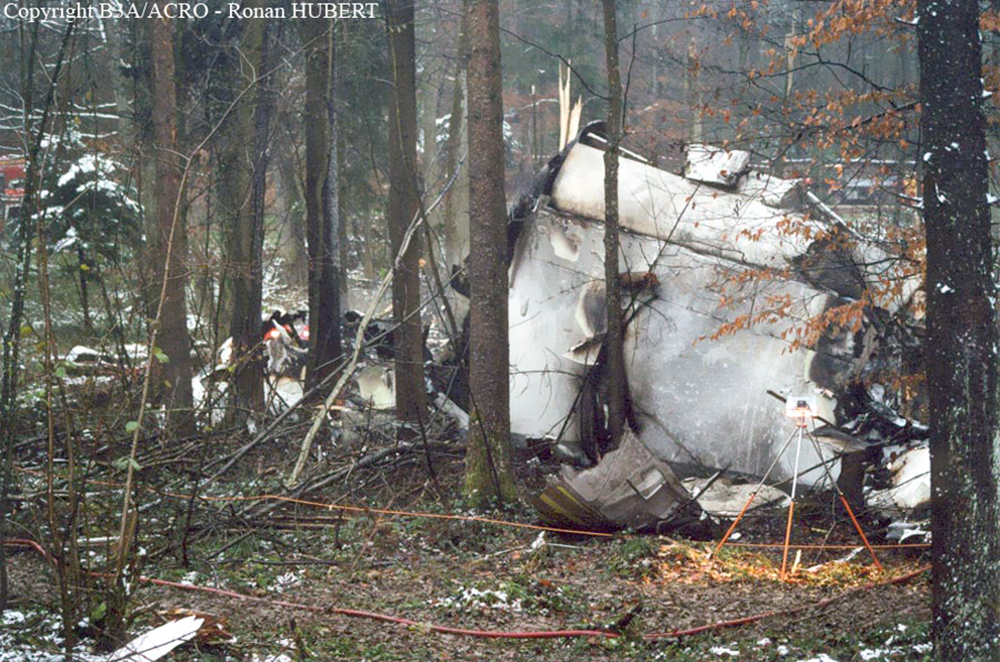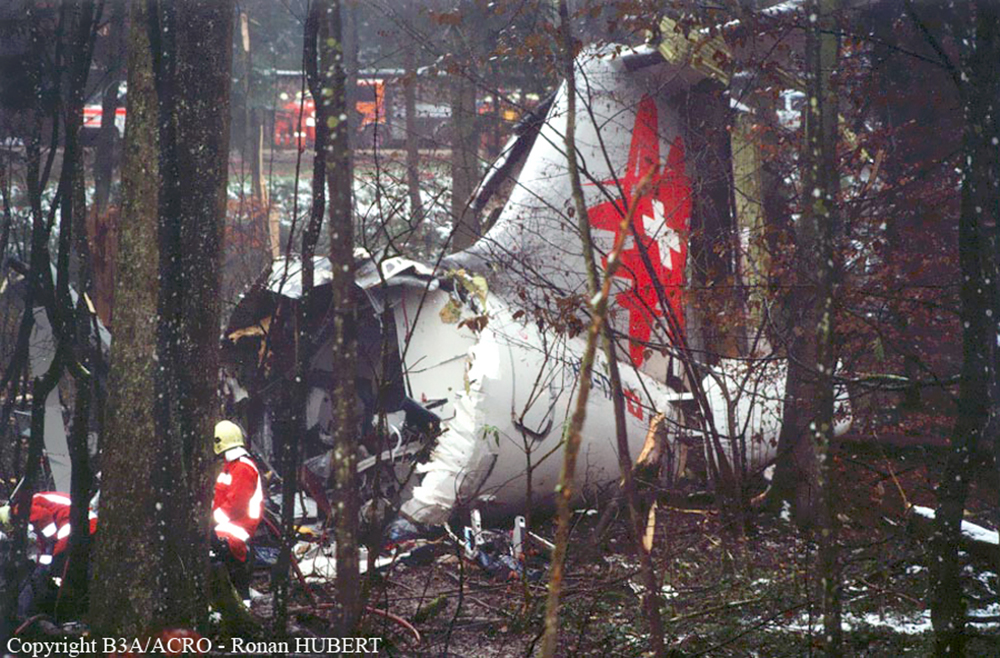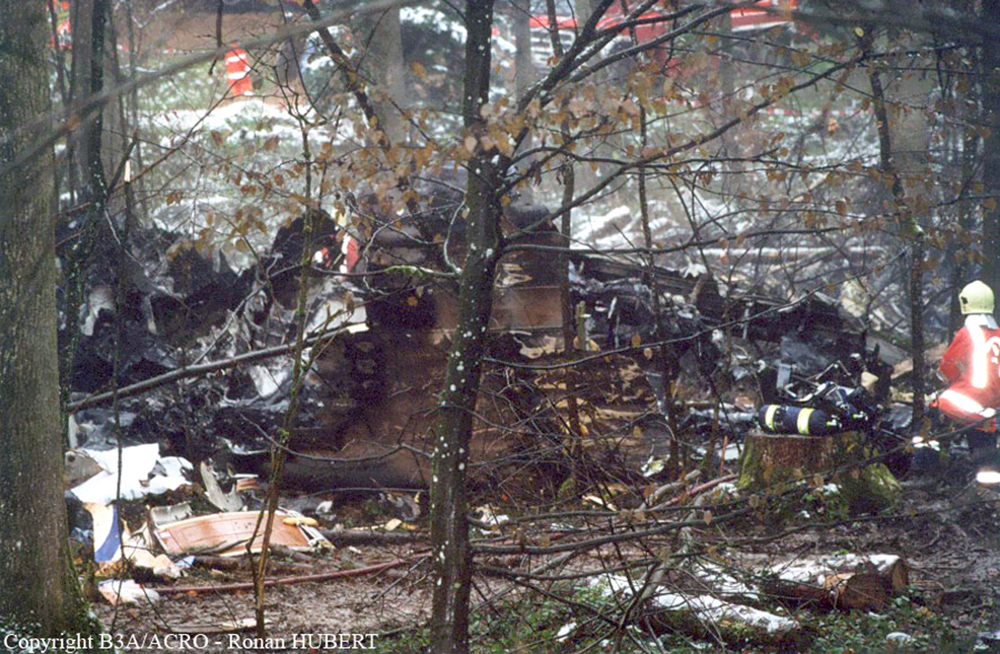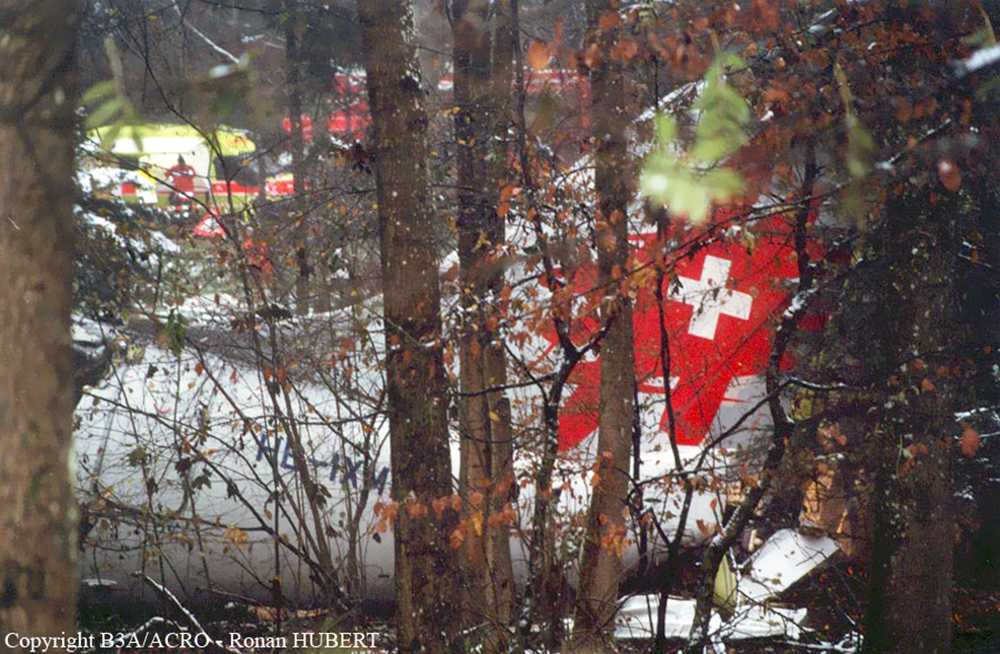Country
Crash of an Avro RJ100 in Diyarbakir: 75 killed
Date & Time:
Jan 8, 2003 at 2019 LT
Registration:
TC-THG
Survivors:
Yes
Schedule:
Istanbul – Diyarbakir
MSN:
E3241
YOM:
1994
Flight number:
TK634
Crew on board:
5
Crew fatalities:
Pax on board:
75
Pax fatalities:
Other fatalities:
Total fatalities:
75
Captain / Total hours on type:
473.00
Copilot / Total hours on type:
1802
Aircraft flight hours:
19289
Aircraft flight cycles:
16659
Circumstances:
On final approach to Diyarbakir Airport by night, the crew encountered marginal weather conditions with local patches of fog and limited visibility. On short final, in a slight nose down attitude, the aircraft struck the ground and crashed 900 metres short of runway 34, bursting into flames. Five passengers were seriously injured while 75 other occupants were killed. At the time of the accident, the crew was completing a VOR/DME approach to runway 34 that was not equipped with an ILS.
Probable cause:
It was determined that the crew established a visual contact with the runway lights when, on short final, due to the presence of local patches of fog, the pilot-in-command lost visual contact with the ground for few seconds. This caused the aircraft to descend below the MDA until it impacted the ground 900 metres short of runway threshold. Poor weather conditions were considered as a contributing factor.
Final Report:
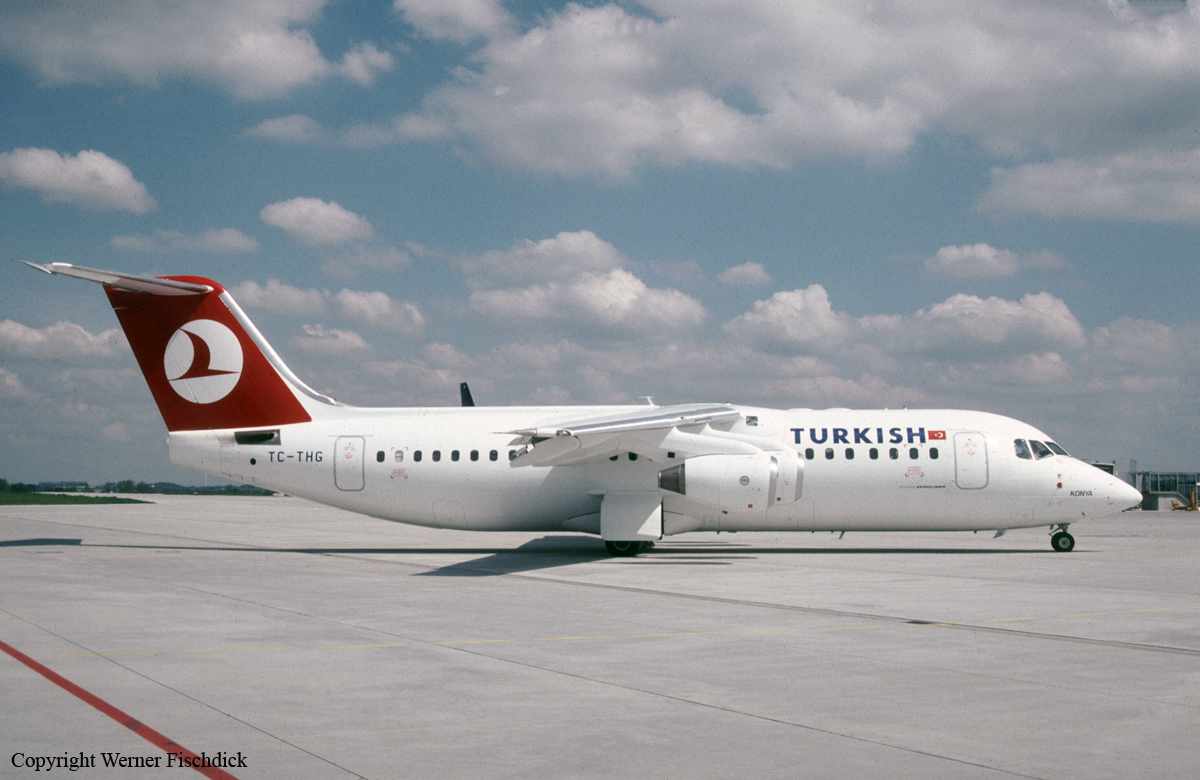
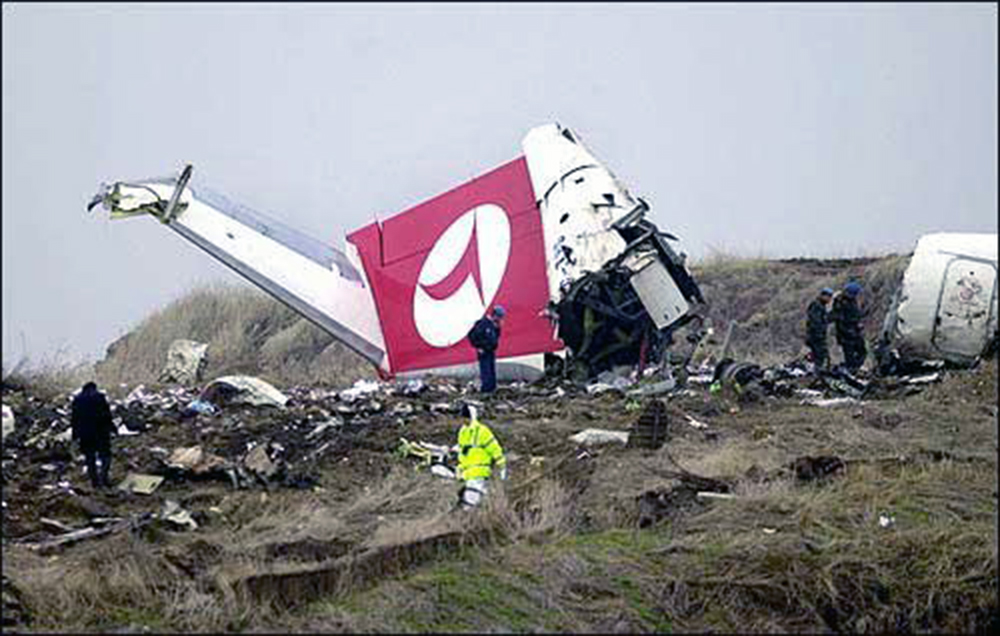
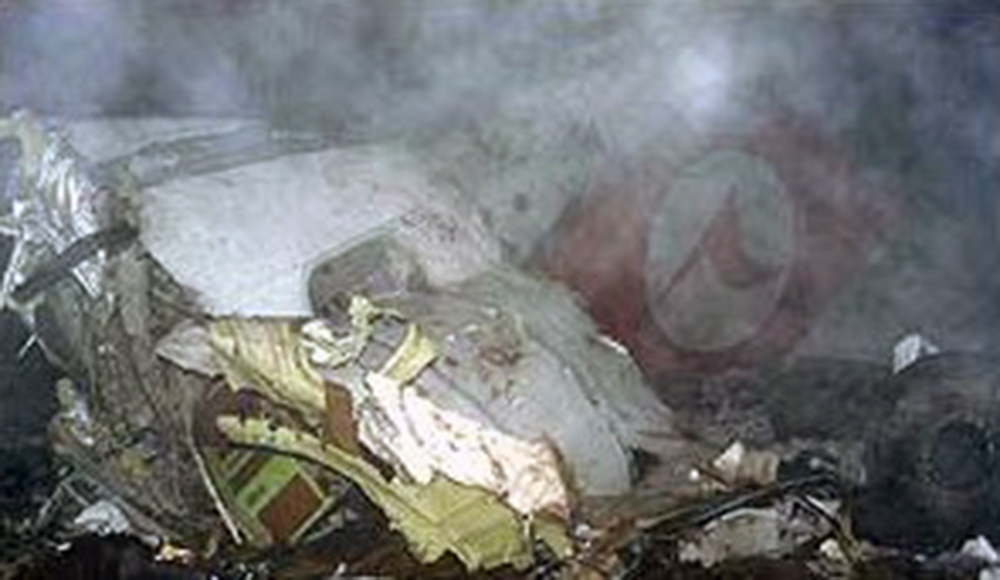
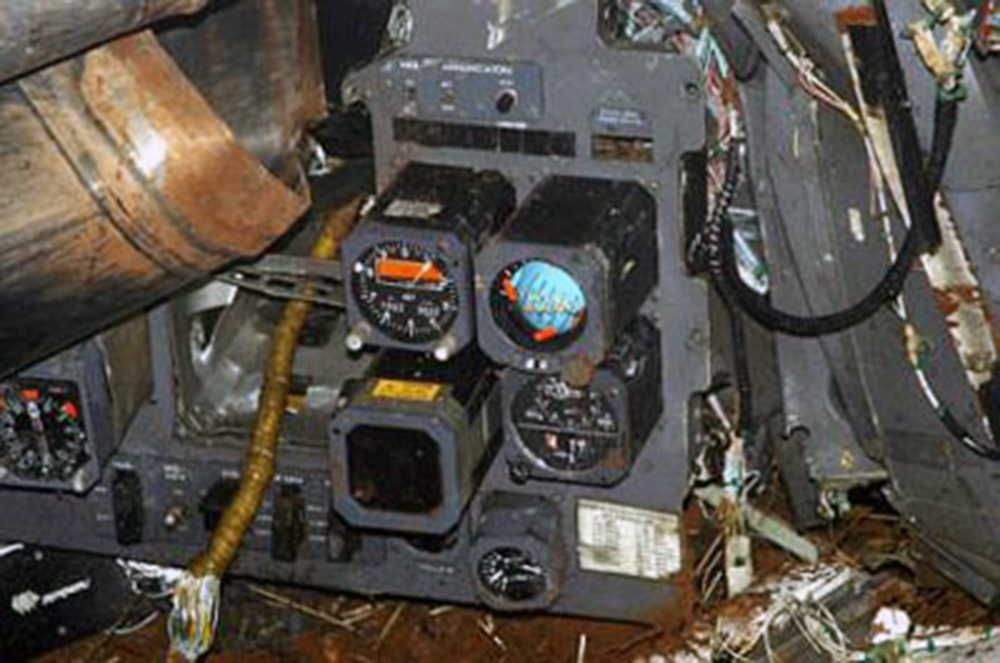
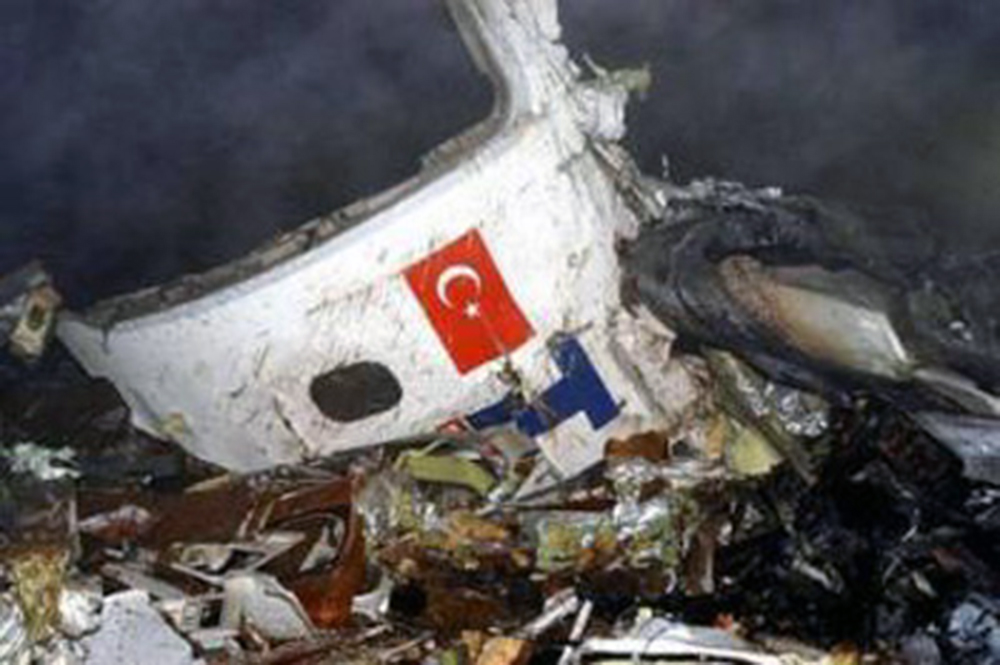
Crash of an Avro RJ100 in Zurich: 24 killed
Date & Time:
Nov 24, 2001 at 2207 LT
Registration:
HB-IXM
Survivors:
Yes
Schedule:
Berlin - Zurich
MSN:
E3291
YOM:
1996
Flight number:
LX3597
Crew on board:
5
Crew fatalities:
Pax on board:
28
Pax fatalities:
Other fatalities:
Total fatalities:
24
Captain / Total hours on type:
287.00
Copilot / Total hours on type:
348
Aircraft flight hours:
13194
Aircraft flight cycles:
11518
Circumstances:
On 24 November 2001 at 20:01 UTC the aircraft AVRO 146 RJ 100, registered as HB-IXM of the Crossair airline company took off in darkness from runway 26L at Berlin-Tegel airport as scheduled flight CRX3597 to Zurich. At 20:58:50 UTC, after an uneventful flight, the aircraft received the clearance for a standard VOR/DME approach 28 at Zurich airport.Ahead of the aircraft involved in the accident, an Embraer EMB 145, flight CRX3891, landed on runway 28 at Zurich airport. The crew informed the control tower that the weather was close to the minimum for this runway. At 21:05:21 UTC flight CRX3597 reported on the aerodrome control frequency. When the aircraft reached the minimum descent altitude (MDA) of 2,390 feet QNH at 21:06:10, the commander mentioned to the copilot that he had certain visual ground contact and continued the descent. At 21:06:36 UTC the aircraft collided with treetops and subsequently crashed into the ground. The aircraft caught fire on impact. Twenty-one passengers and three crew members died from their injuries at the site of the accident; seven passengers and two crew members survived the accident. The wreckage was found in the Geissbühl forest, 4,050 metres short of runway 28.
Probable cause:
The accident is attributable to the fact that on the final approach, in own navigation, of the standard VOR/DME approach 28 the aircraft flew controlled into a wooded range of hills (controlled flight into terrain – CFIT), because the flight crew deliberately continued the descent under instrument flight conditions below the minimum altitude for the approach without having the necessary prerequisites. The flight crew initiated the go around too late.
The investigation has determined the following causal factors in relation to the accident:
• The commander deliberately descended below the minimum descent altitude (MDA) of the standard VOR/DME approach 28 without having the required visual contact to the approach lights or the runway.
• The copilot made no attempt to prevent the continuation of the flight below the minimum descent altitude.
The following factors contributed to the accident:
• In the approach sector of runway 28 at Zurich airport there was no system available which triggers an alarm if a minimum safe altitude is violated (minimum safe altitude warning – MSAW).
• Over a long period of time, the responsible persons of the airline did not make correct assessments of the commander’s flying performance. Where weaknesses were perceptible, they did not take appropriate measures.
• The commander’s ability to concentrate and take appropriate decisions as well as his ability to analyse complex processes were adversely affected by fatigue.
• Task-sharing between the flight crew during the approach was not appropriate and did not correspond to the required procedures by the airline.
• The range of hills which the aircraft came into contact with was not marked on the approach chart used by the flight crew.
• The means of determining the meteorological visibility at the airport was not representative for the approach sector runway 28, because it did not correspond to the actual visibility.
• The valid visual minimums at the time of the accident were inappropriate for a decision to use the standard VOR/DME approach 28.
The investigation has determined the following causal factors in relation to the accident:
• The commander deliberately descended below the minimum descent altitude (MDA) of the standard VOR/DME approach 28 without having the required visual contact to the approach lights or the runway.
• The copilot made no attempt to prevent the continuation of the flight below the minimum descent altitude.
The following factors contributed to the accident:
• In the approach sector of runway 28 at Zurich airport there was no system available which triggers an alarm if a minimum safe altitude is violated (minimum safe altitude warning – MSAW).
• Over a long period of time, the responsible persons of the airline did not make correct assessments of the commander’s flying performance. Where weaknesses were perceptible, they did not take appropriate measures.
• The commander’s ability to concentrate and take appropriate decisions as well as his ability to analyse complex processes were adversely affected by fatigue.
• Task-sharing between the flight crew during the approach was not appropriate and did not correspond to the required procedures by the airline.
• The range of hills which the aircraft came into contact with was not marked on the approach chart used by the flight crew.
• The means of determining the meteorological visibility at the airport was not representative for the approach sector runway 28, because it did not correspond to the actual visibility.
• The valid visual minimums at the time of the accident were inappropriate for a decision to use the standard VOR/DME approach 28.
Final Report:
